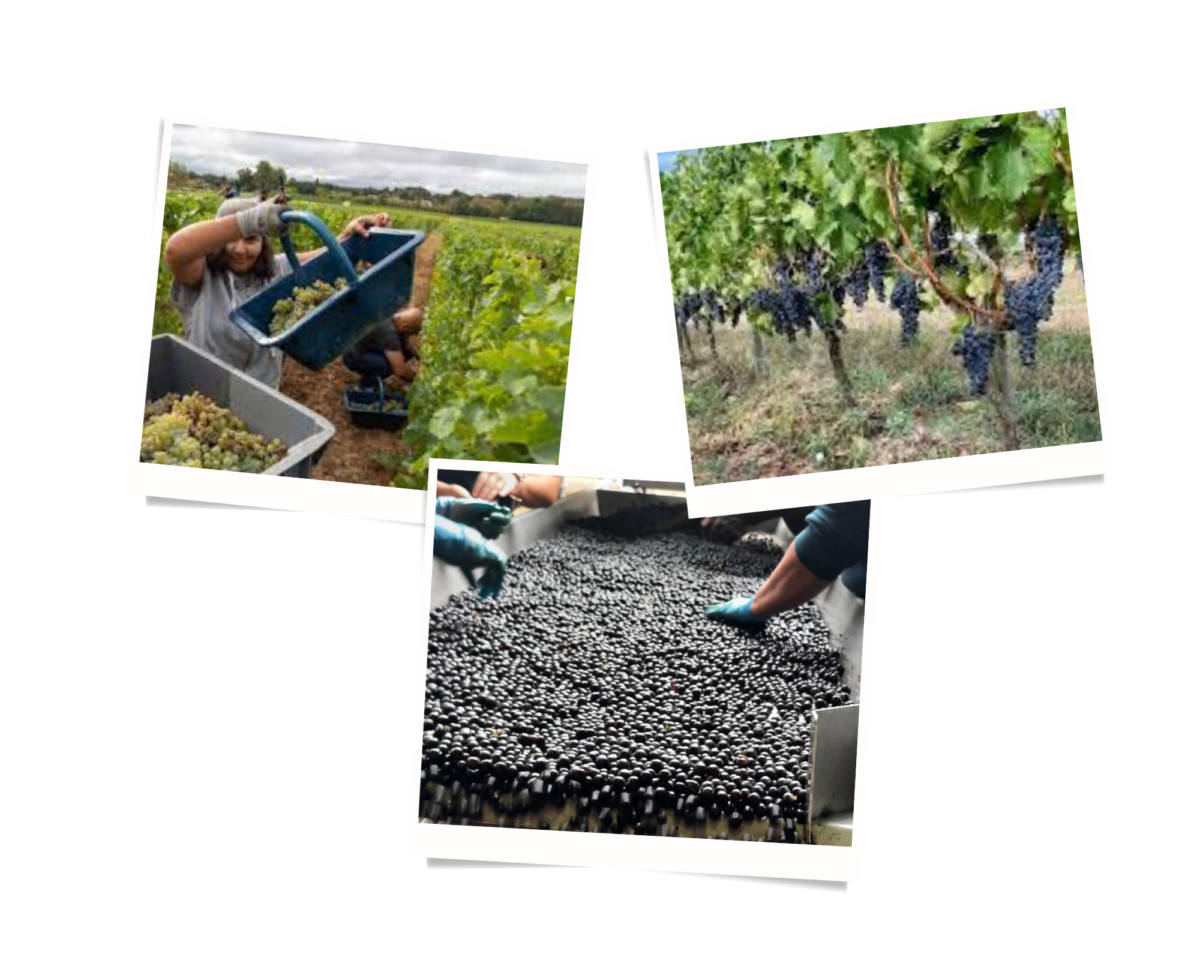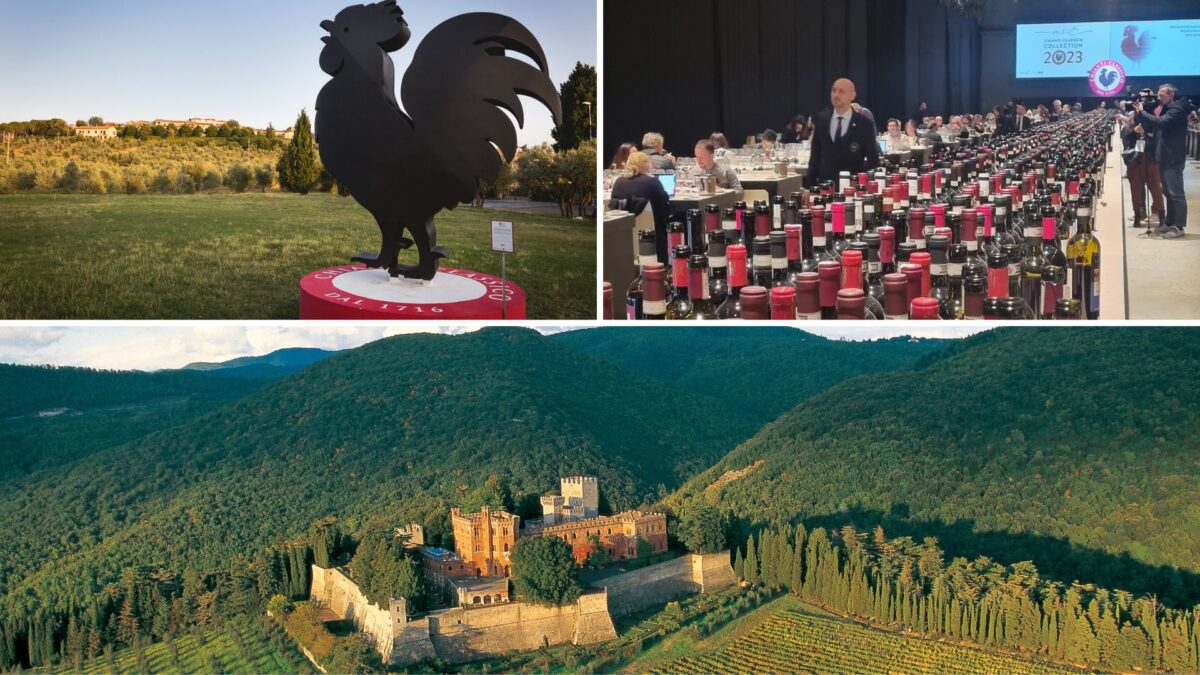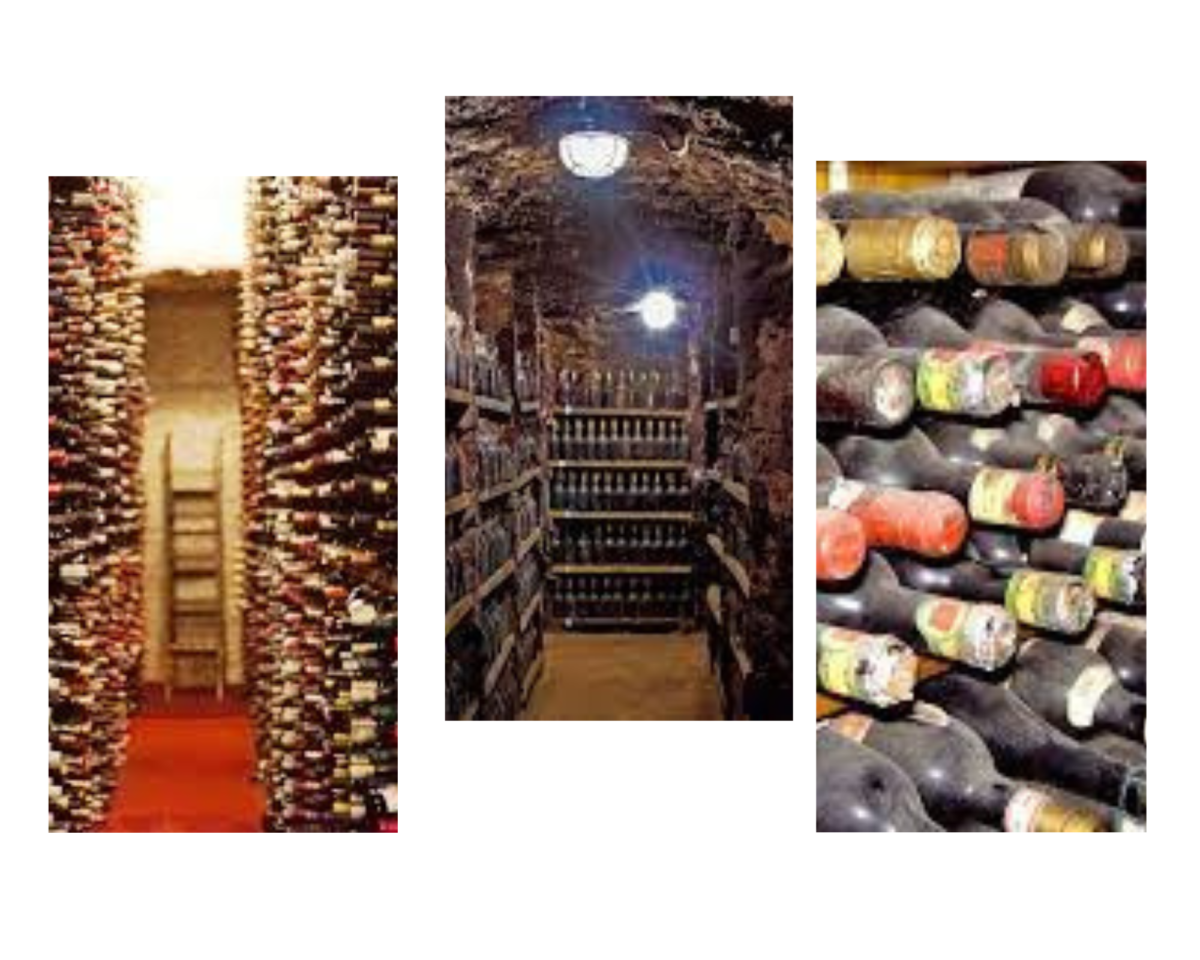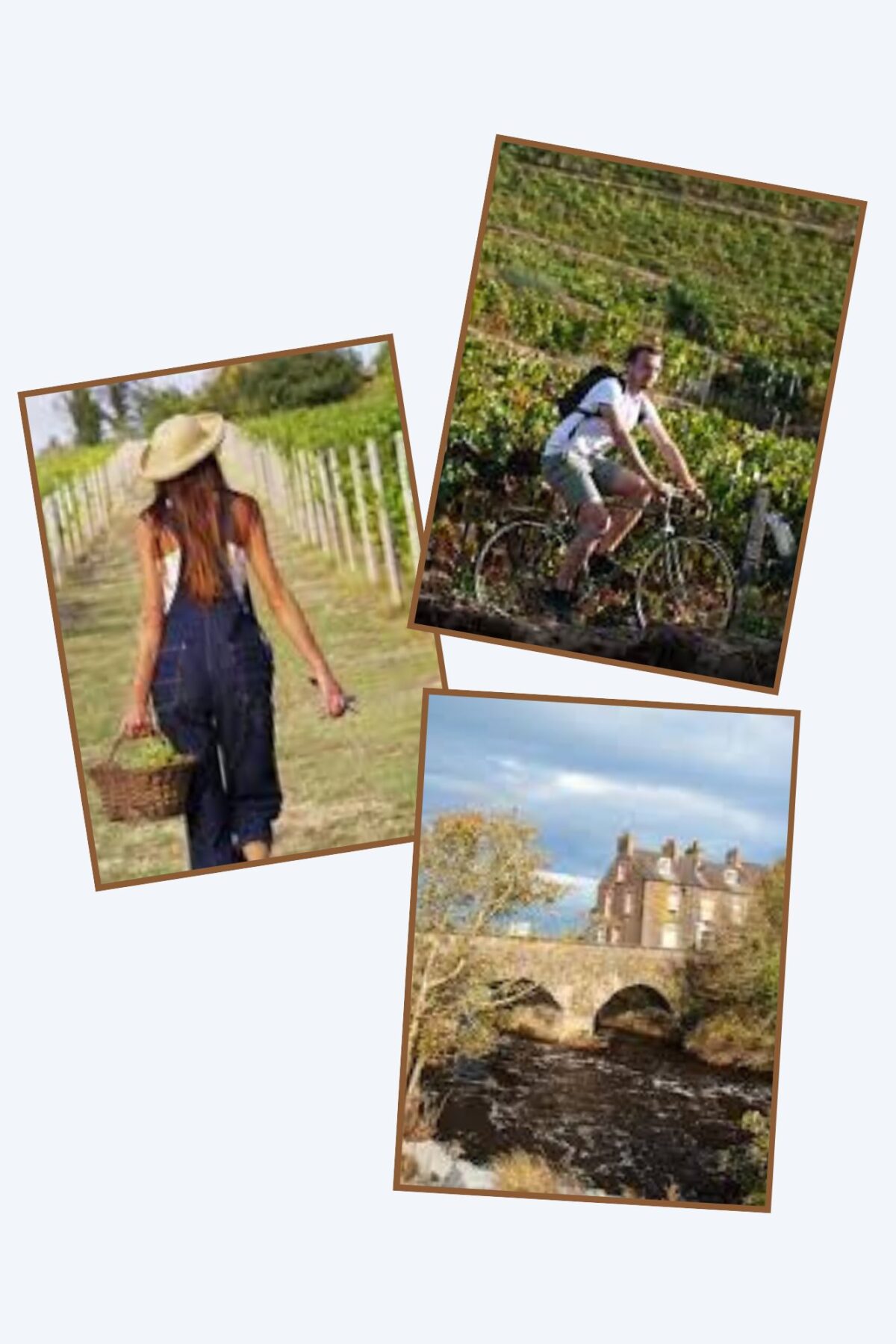Alta Badia lies in the heart of the mountainous chain of the Dolomites, which the famous architect Le Corbusier declared to be “the most beautiful work of architecture in the world.” The Fanes-Senes-Braies Natural Park and the Puez-Odle Natural Park, both of which are situated in Alta Badia, are part of the Dolomites and easily reachable from Venice or Milan
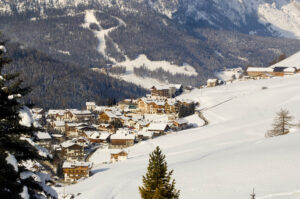
A UNESCO World Heritage site since 2009, the Dolomites is comprised of a mountain range of 18 peaks that rises above 3,000 meters, featuring breathtaking vertical walls, sheer cliffs and a high density of narrow, deep and long valleys.
The Dolomites is famous for skiing, but not only! Its picturesque towns and villages such as San Cassiano, Corvara and Colfosco situated close to its mountain peaks, or cradled in its many valleys traversing Alta Badia, Val Gardena, Arabba and Val di Fassa make the Dolomites an ideal place to plan a holiday winter, spring or summer.
What really makes this area special, in addition to breathtaking scenery, is its excellence in hospitality and fine dining – indulging and satisfying the senses at high altitude is what they do best in Alta Badia. The Dolomites offer an amazing experience be it in winter for winter sports or summer for the sunny breezy days and cool evenings which allows one to trek, mountain climb, bike or walk in the Dolomites or just visit the small villages and enjoy the wonderful light, intense green landscape, bight skies, and sunshine.
The cooking of Alto Adige derives from distinct heritages, one Italo-Venetian, the other Austro-Tyrolean, but the intermingling of peoples drawing on shared resources along the Adige Valley has taken the sharp edges off the contrasts. Something akin to a regional style of cooking has emerged combining the best of Alpine and Mediterranean cuisine and this is what emerges from the top dining locations in the charming resorts of Alta Badia where you can find the highest peaks.
Nestled at the foot of the mountains is the charming village of San Cassiano which houses one of Italy’s top *** Michelin-starred restaurants’, St Hubertus*** awarded with a green star in the Michelin Guide. St Hubertus is part of the Rosa Alpina – An Aman Partner Hotel in San Cassiano. One of the historic hotels of the area which has years of experience in making one’s stay one of the most eclectic experiences.
Chef Norbert Niederkofler is the creative spirit of St Hubertus, which offers a fine dining experience of pairing signature dishes of Chef Niederkofler to top fine wines from around the globe as well as hidden local gems, a wine list that counts some 2.600 labels and a well-stocked cellar with 20,000 bottles selected by wine director Lukas Gerges. The wines of the area from Trentino and Alto Adige offer some wonderful unique grape varieties, with whites characterized by stony, mineral freshness and bold and fruity red brambly wines. There is also a terrific sparkling range to discover as well.
The Pizzinini family has run the Rosa Alpina Hotel for three generations. Hugo, the current owner, can be found at any moment helping to pack a breakfast hamper for a romantic trek or discussing where to find the finest ski slopes for powder snow and five minutes later, looking for one of Rosa Alpina’s best Champagnes to chill for a favored guest’s lunchtime arrival. Their big news is that they are about to undergo a total face-lift, a complete restyling of the hotel to offer real Luxury accommodation with large 45sq meter and 75sq meter rooms as well as suits and full apartments. No doubt this will be a move away from a traditional style to a re-vamped luxury style maintaining the same thumbprint of exquisite taste, comfort and charm which is what they are known for. The official opening will be in December 2024.
Talking of exciting cutting-edge dining experiences, the Cocun Cellar Restaurant run by Jan Clemens Wiser and his all under-30 staff is noteworthy. The dining experience is located in the (large meandering) wine cellar of Ciasa Salares Hotel, which stands just outside San Cassiano. Jan Clemens has personally selected 2,000 labels/19,000 bottles from some of the funkiest, biodynamic, and natural producers of Europe, many labels of course come from local producers in the area, as does the fresh seasonal produce that can be found in the equally creative menu. Surrounded and sitting between rows of bottles you dine on massive wooden tables tastefully set out in separated areas sectioned off by shelves of wines. This sets the atmosphere and pace, inviting you to explore further this fantastic selection and world of wines, many of which are offered by the glass.
Before leaving the dining, a must is to drive a few kilometers down the valley to Corvara, to visit Hotel La Perla’s hidden jewel, which lies underground in its cellar, a real mausoleum dedicated to Tuscany’s Tenuta’ San Guido’s eclectic wine, Sassicaia. A visit to the cellar is a truly unique experience and takes one to the temple of Sassicaia comprising some 2,000 bottles of its different vintages, in fact, an entire room dedicated to every single vintage from start to date of Sassicaia, one of Italy’s benchmark wines of excellence.
La Stüa de Michil’s fine dining historic restaurant at la Perla’s exclusive hotel in Corvara is another experience that is not to be missed. Chef Simone Cantafio’s has recently been awarded his first well-deserved Michelin star for his exquisitely prepared dishes. The atmosphere in this authentic old ‘stube’ made up of many small dining rooms is really something special and symbolic also of the local Ladino culture.
With so much fine dining it’s a good thing that the Dolomites and the area of Alta Badia offers so many paths for hiking, walking, and bike trails, just so that one can justify all the good meals and wines. The good news is that if you are hiking or biking, there are plenty of great restaurants at altitude where you can stop for a simple meal and refreshments to a full gourmet meal. Just to mention a few, Club Moritzino restaurant and bar at 2,000 metres, open in summer and winter offering some of the best and freshest fish which is flown in daily from Chioggia near Venice. Its tantalizing menu of fine fish dishes includes fresh lobster, prawns and oysters, as well as pan-fried bream, seabass, John Dory, Turbot and much more exquisite fish.
Another favorite is Rifugio Ütia de Bioch Hut in the midst of the slopes, also at around 2,000m which not only offers excellent views but also fine authentic Ladino dishes with a modern twist, accompanied by a wide selection from some of Alto Adige’s top wines. There are many more great places but I’ll let you discover these as there is always something new to discover in the Dolomites.
Alta Badia has some of the world’s top ski instructors and experienced mountain guides eager to guide you around the beautiful scenic slops. In winter one can ski, or join snow walking excursions, in summer there is real mountain climbing at altitudes and gradients as well as gentle walks in the pine forests. The Dolomites is famous for the ski excursion of the four passes, which takes one into the Val Gardena and over some spectacular mountain scenery. Its extensive area of slopes which are all inter-connected allows for some of the best skiing in the world.
The Dolomites is famous for Sellaronda ski excursion of the four passes, which you can reach from San Cassiano, Corvara and Colfosco traversing four Ladino valleys Alta Badia, Val Gardena, Arabba and Val di Fassa, over some spectacular mountain scenery. Alta Badia’s extensive area of slopes which are all inter-connected with the Super Ski Dolomiti pass includes 450 lifts and 1200 slopes, which makes it easy to ski over to Cortina or Corvara or to the Marmolada glacier, one of the highest peaks, which reaches some 3350 metres. Views from here as from many other heights are amazing and this is what makes the Dolomites stand out above so many other ski destinations. The higher you go the longer the slopes, so don’t miss the Marmolada glacier and the 12km descent to Malga Chapela.
Ski Dolomites https://www.skidolomites.it/ offers single and class lessons and has also been awarded the GOLD seal certification for ski school for children.
The Gourmet Ski-safari takes place on the slopes and allows you to share a culinary experience with star chefs of Alta Badia presenting their favorite dishes paired with some of the best South Tyrol wines (Alto Adige Trentino appellations) wines. This event celebrates the official start of the culinary winter season on the slopes and is where you can meet Michelin-starred chefs creating unique dishes, prepared with seasonal, top-quality products – a hallmark of the region. It’s called a ski-safari because you ski from one mountain hut to another, trying each chef’s creations.
It’s quite unique and great fun to join the Wine Ski-safari which offers a similar expedition on skis across the valleys skiing for mountain hut/restaurant to hut enjoying the region’s multitude of wines. It’s a unique experience to taste some of Alto Adige’s best white, red and sparkling wines at an altitude of 2,000 meters.
For more information on the dolomites where to stay where to eat you can explore this very useful website: https://www.skidolomites.it/en/ski-school-lessons-alta-badia.htm
For ski school and ski lessons and excursions contact: https://www.altabadia.org/en/winter-holidays/italian-alps/ski-resort-alta-badia.html
lavilla@skidolomites.it Tel +39 0471844018
sancassiano@skidolomites.it Tel +39 0471840011
armentarola@skidolomites.it Tel +39 0471840001
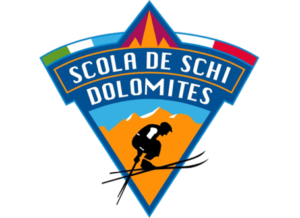
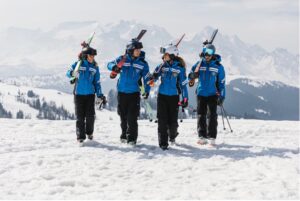
Restaurant St Hubertus (3-star Michelin)
Rosa Alpina – An Aman Partner Hotel
San Cassiano in Badia – (Bolzano)
www.rosalpina.it
www.st-hubertus.it
Wellness Residence Ciasa Antersies
(excellent self-catering apartments in San Cassiano with great views)
Via Soplá, 12
I-39030 San Cassiano in Badia (BZ)
info@ciasaantersies.it
www.ciasaantersies.it
Cocun Cellar Restaurant
Hotel Ciasa Solares
San Cassiano in Badia – (Bolzano)
https://www.ciasasalares.it/en/restaurants/cocun-cellar-restaurant
La Stüa de Michil
Strada Col Alt, 105,
Corvara in Badia – (Bolzano)
https://www.laperlacorvara.it/it/la-stua-de-michil/
www.hotel-laperla.it
Club Moritzino – Café Restaurant Terasse
Piz La Ila
Rifugio Ütia de Bioch Hut
Top of chairlift „Biok“
30 minutes from Piz Sorega
50 Minutes from Piz La Ila, or Col Alt, or chairlift Pralongiá I
Snow walking excursions in the Dolomites
SCUOLA SCI DA FONDO ALTA BADIA San Cassiano www.scuolafondo.it
Ski & Snowboard in the Dolomites – E-Mail: info@skidolomites.it – Web: www.skidolomites.it
Alta Badia –website offers excellent info in the area: www.altabadia.org/en/alta-badia-italian-alps-dolomites.html
Part ll to follow… Wine in Trentino Alto Adige, a taste of the Dolomites
– by Michele Shah

![The Magical flavors of the Dolomites – Fine Dining by Michele Shah [Part l]](https://www.liz-palmer.com/wp-content/uploads/2023/04/Dolomites_social.1-1200x960.png)
